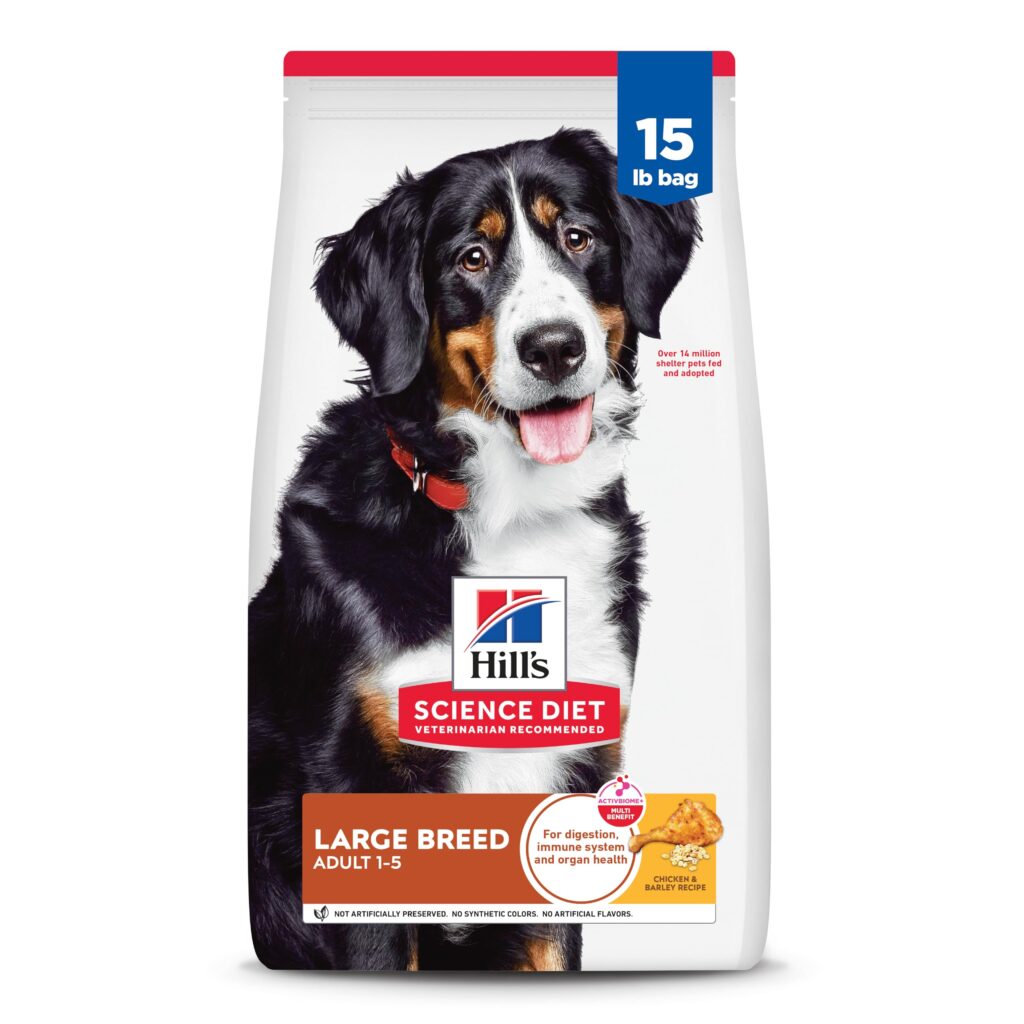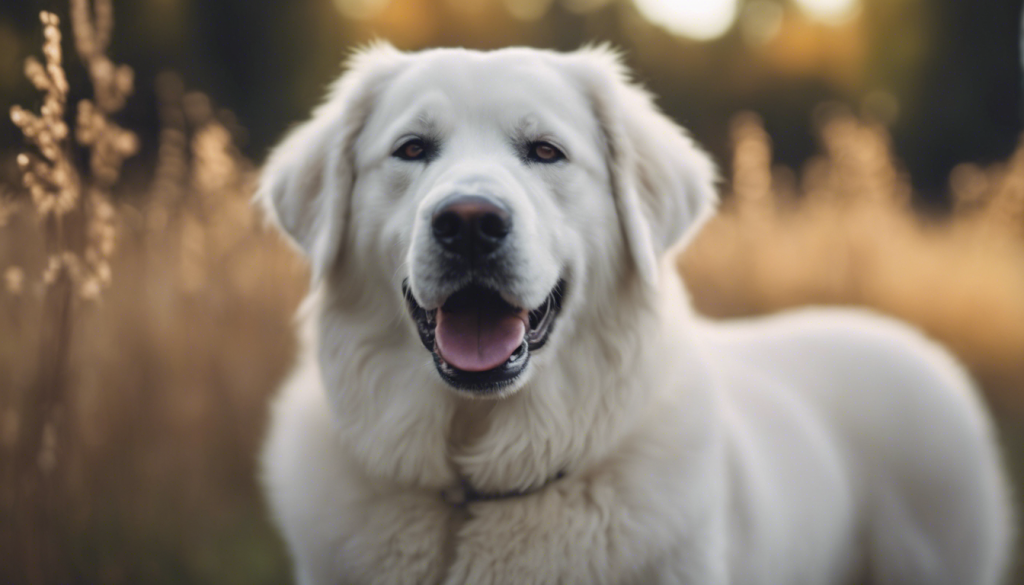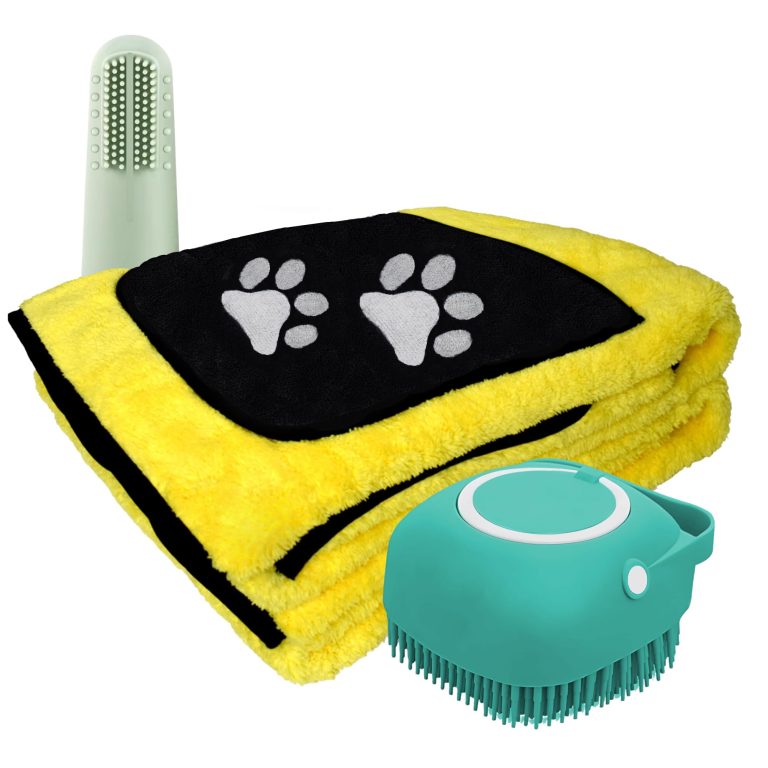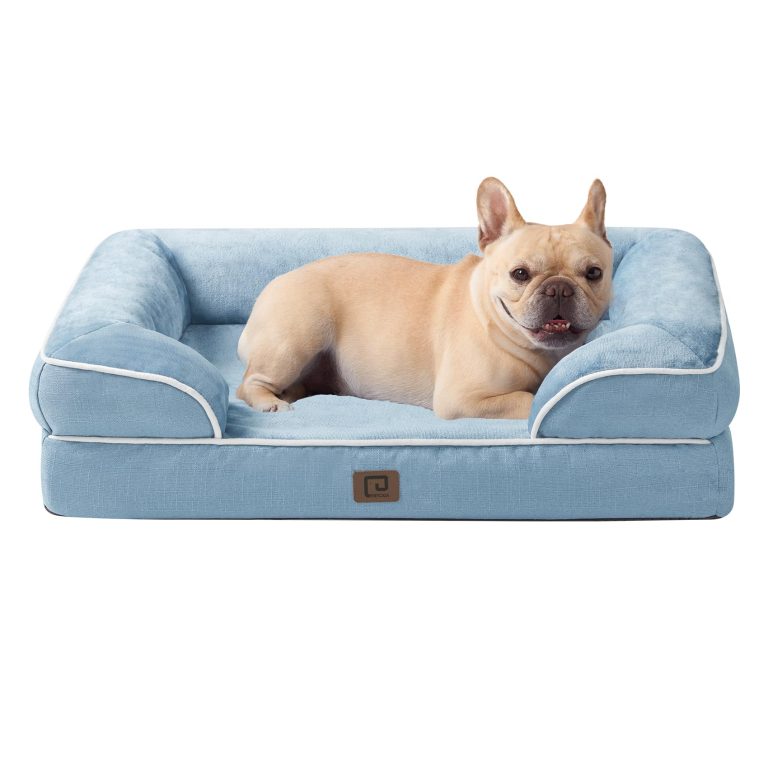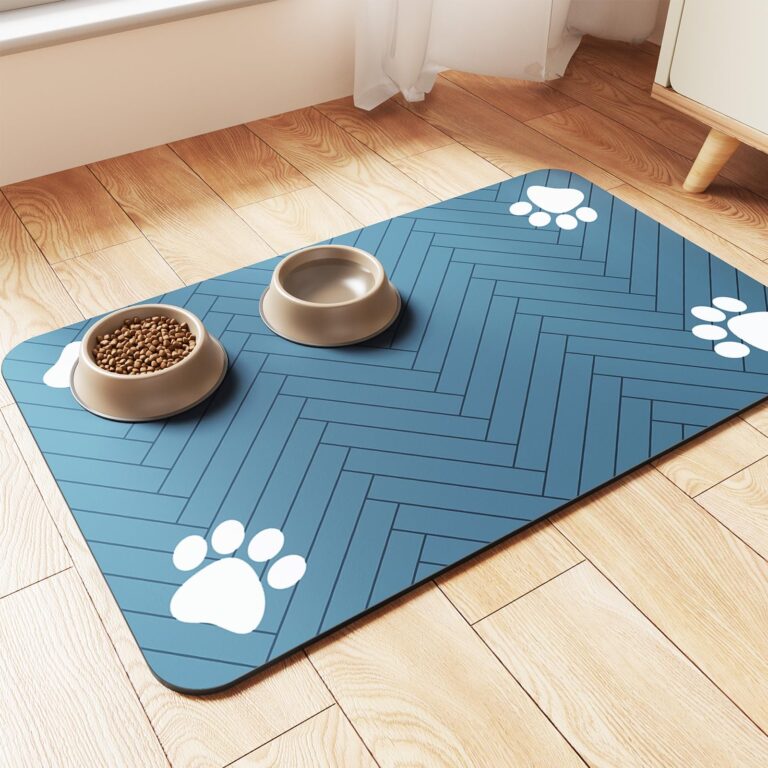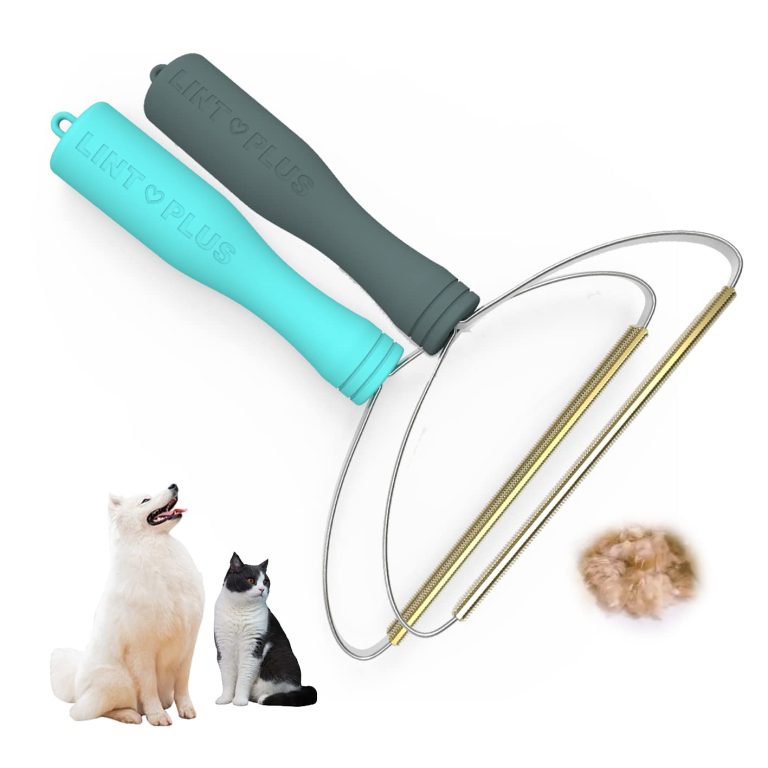Pembroke Welsh Corgi
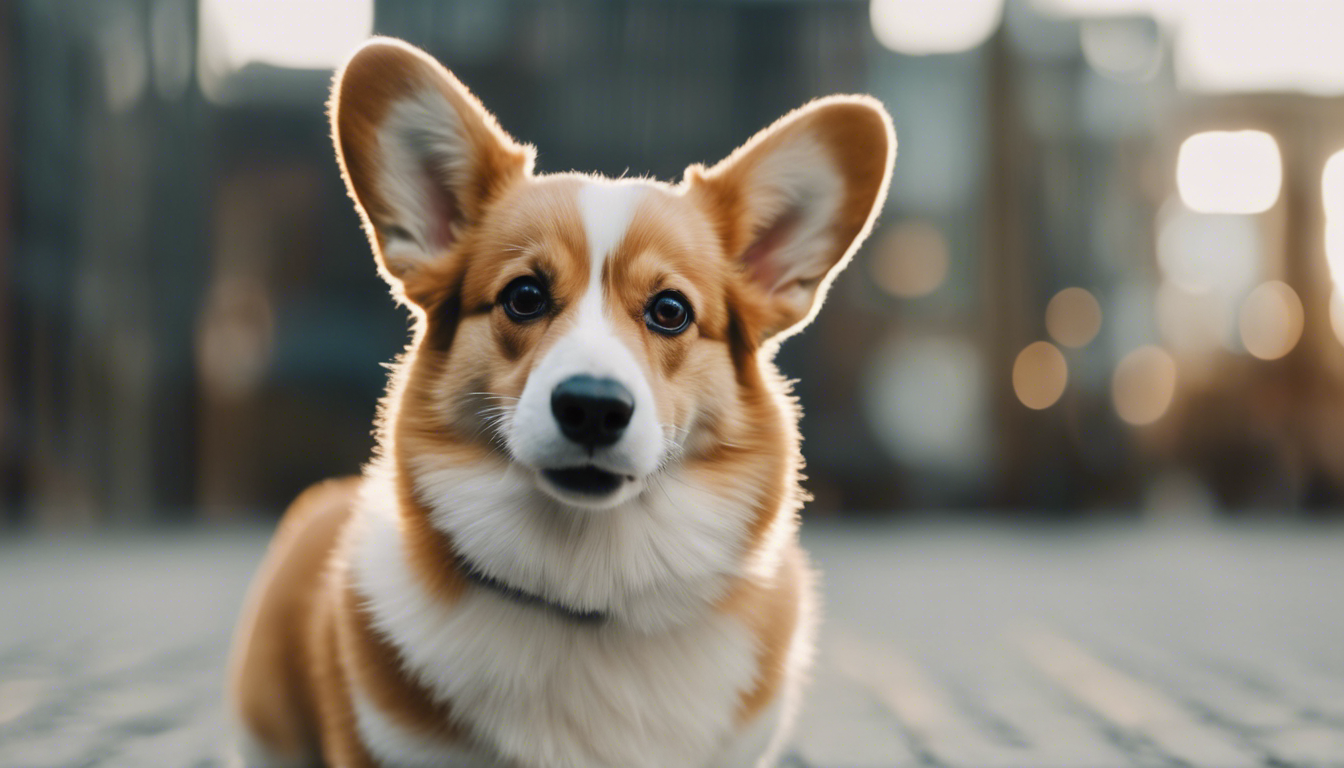
Breed History and Origin
Imagine a timeline, tracing back to the vibrant tapestry of Europe’s countryside. It is here, nestled among the verdant fields and rolling hills, where our four-legged friend’s story begins. Each dog breed carries a legacy, often interwoven with the very people and cultures that shaped their development. In historical times, these dogs were more than just pets; they served critical roles in society, from guardians of livestock to faithful hunting companions. The undulating flow of history has seen these breeds march alongside soldiers in wars, curl up in the laps of royalty, and navigate the evolving urban landscape alongside their human counterparts.
With a rich backstory that could rival any novel’s protagonist, these tail-wagging characters have been shaped significantly by selective breeding. Their lineage is a testament to the ingenuity and necessity of past generations. Breeders would meticulously choose the strongest, most agile, or gentlest animals for reproduction based on the tasks they needed the dogs to perform, whether it was herding, protection, or companionship. Over generations, this led to the hallmark qualities we associate with different breeds today: the sturdiness, the sleek coats, the sharp intelligence, or the gentle temperament.
This is a tale of evolution tailoring each breed to perfection for their roles in human life. Affectionate narratives abound of particular dogs that left paw prints on the hearts of entire nations, becoming mascots for soldiers during wartime or symbols of noble traits such as loyalty or courage. In literature and art alike, these distinguished breeds were immortalized, forever capturing the spirit and aesthetic of an era.
The nuanced story of our furry friends is not without its adversities. As societies advanced and industrialized, so too did the challenges – some breeds faced declining numbers and struggled to adapt to rapidly changing environments. Thankfully, dedicated enthusiasts and breed clubs emerged like heroes in their own right, ensuring these cherished breeds did not fade into history’s footnotes. By celebrating their heritage and preserving their unique qualities through responsible breeding and awareness programs, they have given these dogs a living legacy with each new litter born.
As we look toward our faithful companions today, with their myriad shapes, sizes, and personalities, it is vital to remember that each has a journey etched into their DNA. Embrace their past as you create a future together and bear in mind that when you adopt a breed, you’re not just bringing a pet into your home – you’re preserving a piece of history.
Physical Characteristics
Our delightful canine friends come in an astonishing variety of shapes and sizes, each attribute meticulously honed over countless generations. When you gaze upon their form, you’re not just seeing a dog; you’re witnessing a masterpiece of calculated breeding that emphasizes their incredible physical characteristics. Those who are drawn to the allure of a specific breed often find themselves captivated by their unique aesthetic qualities that are perfectly suited to their historic roles and functions.
From the tufted ears that twitch at the slightest whisper of sound to the broad chests that house brave hearts, these dogs are marvels of form and function. Some breeds boast a luxuriant coat, with a sheen and softness that tempts the hand to stroke it endlessly. Others display a wiry fur, which confers upon them a rugged charm and speaks of their tenacity in the face of harsh elements. Their eyes can be oceans of warmth, windows to an affectionate soul, or alert with sharp intelligence, always ready for the next task.
Their sizes span from the diminutive toy breeds, which can sit comfortably in the crook of an arm, to the majestic giants whose paws seem to shake the earth as they saunter. Movement is poetry in motion; whether they display elegant gait or the boundless energy that manifests in zoomies or expert herding maneuvers, each action indicates agility, strength, and vitality.
Prospective owners must acquaint themselves with their chosen breed’s defining characteristics. It could be the bevel of their muscles indicative of their power, the length of their legs reflecting speed and endurance, or the breadth of their shoulders that once bore the weight of draught work. Each physical trait not only serves a purpose but also helps determine the kind of care required to keep them healthy and comfortable.
Practical knowledge of grooming is essential. The curly lapdog’s coat may require regular brushing to prevent mats and tangles, while the sleek guard dog benefits from occasional baths to keep its fur in peak condition. For long-eared breeds, vigilance against ear infections is paramount, involving routine checks and cleaning. Owners should also learn the optimal nail length for their four-legged companions to avoid discomfort and issues with gait.
Lastly, when tailoring a diet to suit a specific breed, size and activity levels are important factors. The energetic herder burns calories at a remarkable rate and so requires nutrient-dense meals, while the smaller companion dog might need a diet that’s carefully measured to avoid unnecessary weight gain.
Understanding and attentiveness to the physical characteristics of these magnificent creatures are what enable us to not just care for them, but to allow them to thrive under our stewardship. As stewards of their legacy, it is our responsibility to ensure each distinctive trait is maintained and celebrated through proper care and adoration for these living works of art.
Temperament and Behavior
Diving into the heart of every dog is understanding their temperament and behavior, the very essence that makes each one tick. These bundles of fur aren’t just a pretty face; they are complex characters with personalities as diverse as the human friends they accompany. Have you ever met a pooch that seems born to be in the spotlight, confidently strutting their stuff as if the world is their stage? Or perhaps a gentle soul with eyes overflowing with empathy, content just to be in the soothing presence of their beloved human?
Indeed, doggy dispositions can be as varied as the breeds they represent. Some are akin to ever-ready adventurers, bursting with energy and constantly on the hunt for a new escapade. Their needs are simple: room to run, games to play, and challenges that sate their innate curiosity and desire for activity. Others exude nobility and calmness, taking life in stride with a serene trust in those they deem part of their pack. These dogs might prefer leisurely walks to spirited sprints, valuing companionship over conquest.
Like people, these four-legged friends can carry a full spectrum of traits. A certain breed may be known for its unwavering loyalty, offering a steadfast presence that anchors a home. Others might be social butterflies, weaving effortlessly among both human and canine peers with a masterful display of affable confidence. Still, there are those independent spirits who carry an air of dignified self-reliance; their affections are deep but not freely dispensed, earning them requires patience and respect.
A pivotal aspect of their behavior hinges on their past. Remember our mention of selective breeding? It wasn’t just about looks. Dogs were shaped by their tasks and environments. Herding breeds might have an ingrained instinct to corral, sometimes amusingly demonstrated on jogging companions or toy balls. Guard dogs carry an alertness that can teeter on protective vigilance. Every action, from how they play to how they alert you to strangers, hints at this intricate past.
It is important then for owners to channel these built-in behaviors positively. Neglecting an active breed’s need for stimulation could lead to furniture becoming chew toys or gardens resembling excavation sites. They need mental engagement and physical workouts that leave them pleasantly pooped by day’s end. On the other paw, more sedate or shy breeds require nurturing environments where they can blossom at their own gentle pace, without the hubbub that could overwhelm their delicate sensibilities.
Potential and current paw-rents shouldn’t forget that firm yet loving guidance is key. Just like you might encourage a young protégé or gently discipline a mischievous tyke, dogs benefit from knowing the house rules. Positive reinforcement goes miles in cementing desired behaviors, whether it’s mastering the polite sit or acing the art of leash etiquette. Clear communication and consistency are your best friends here—an erratic approach only fuels confusion for your furry friend.
At the end of the day, each dog is an individual woven into the rich tapestry of their breed’s behavioral tendencies. Knowing these canines inside-out – grasping both the broad strokes and the delightful idiosyncrasies – that is where the magic of companionship lies. Training them respectfully and thoughtfully while celebrating their unique character traits? That is what paints a splendid picture of shared life and unwavering bonds.
Health and Care Requirements
When it comes to maintaining the health and vitality of our devoted canine companions, understanding their individual needs is as vital as the love we shower upon them. Tailoring care to your specific breed involves more than just routine vet visits; it’s a holistic approach to ensuring they lead a full, happy, and healthy life. A paramount factor in this loving equation is recognizing predispositions they may have towards certain health conditions—some breeds might be more susceptible to hip dysplasia, while others could have a genetic inclination towards cardiac issues. Regular health screenings and preventive measures, such as vaccinations and parasite control, become non-negotiable staples in their care regimen.
Exercise is another cornerstone of canine well-being. The dribbling of a basketball or the jingle of a leash can send some breeds into paroxysms of joy; they live for physical activity. However, moderation is key; you want to avoid over-working those breeds prone to joint problems or respiratory issues. Adapt your playtime and walks to match their energy levels and physical capabilities—intense agility training might suit a border collie but could spell disaster for a brachycephalic breed like a bulldog.
Grooming extends beyond a mere beauty routine—it’s integral to their health. Regular brushing for those with luxurious coats prevents painful matting and helps distribute natural oils across their skin and fur. Trimming the locks around eyes ensures clear vision, and dental hygiene keeps both bad breath and diseases at bay. Bathing, too, should be adapted to your dog’s needs; some require more frequent suds sessions while others have sensitive skin that tolerates less bathing.
Dietary needs must also be heeded with care; it is not just about the quantity but the quality of nourishment you provide. A balanced diet that is age-appropriate and breed-specific keeps them in tip-top shape. Remember, the high-octane fuel that powers a muscular working dog isn’t necessary for a dainty lapdog who spends most of their day snuggling. Consulting with your vet will help you concoct the ideal meal plan to cater to their unique dietary requirements.
Perhaps most importantly, mental health is just as critical as physical health. It might sound whimsical, but your furry friend’s emotional health hinges on how much mental stimulation they receive. Puzzles, new tricks, or simple games of hide-and-seek can keep those cogs turning in their minds, staving off boredom and potentially destructive behaviors that stem from it. Providing a stimulating environment where they feel both safe and entertained is important for keeping them engaged and content.
In this journey of care lies an abundance of cuddles and laughter, but there also lies responsibility. By staying attuned to their needs and preemptively addressing any breed-specific issues that may arise, you can ensure that your four-legged friend enjoys a long and contented life. Become an expert on what makes them thrive—because when all is said and done, these creatures aren’t just pets; they’re beloved family members whose wellbeing is intertwined with the joy they bring into our homes.
